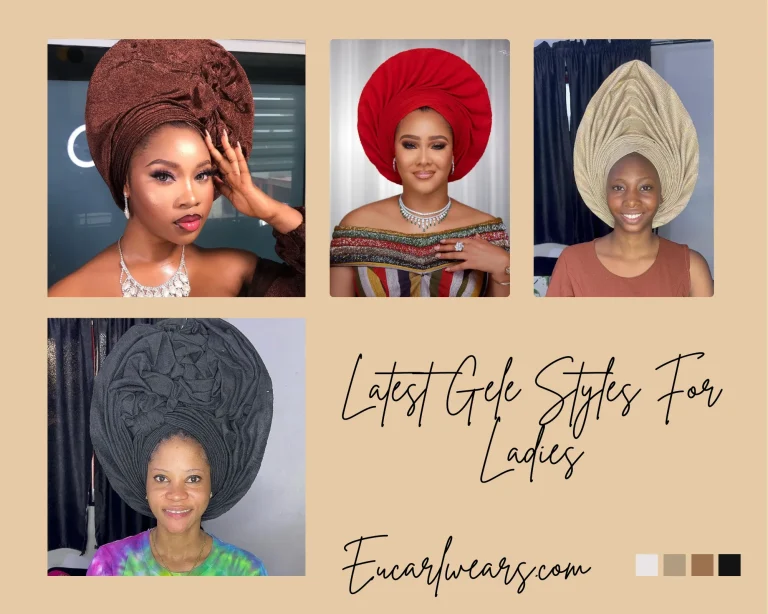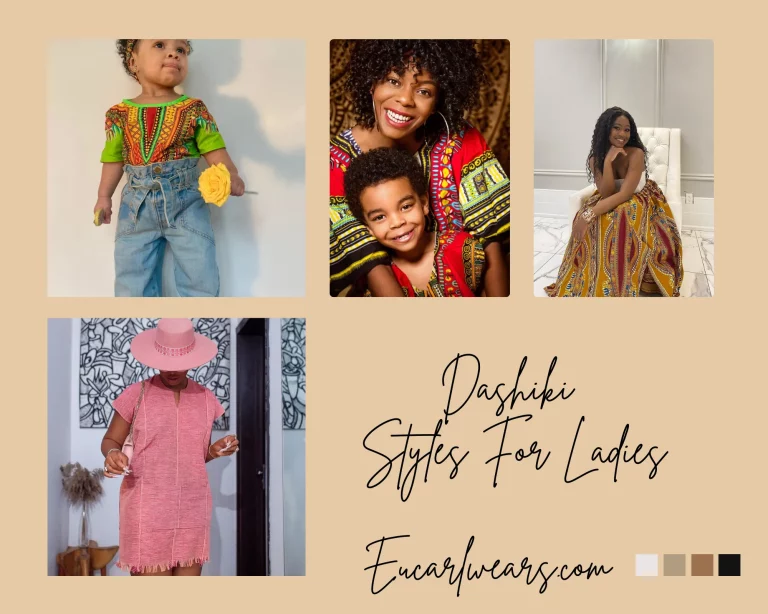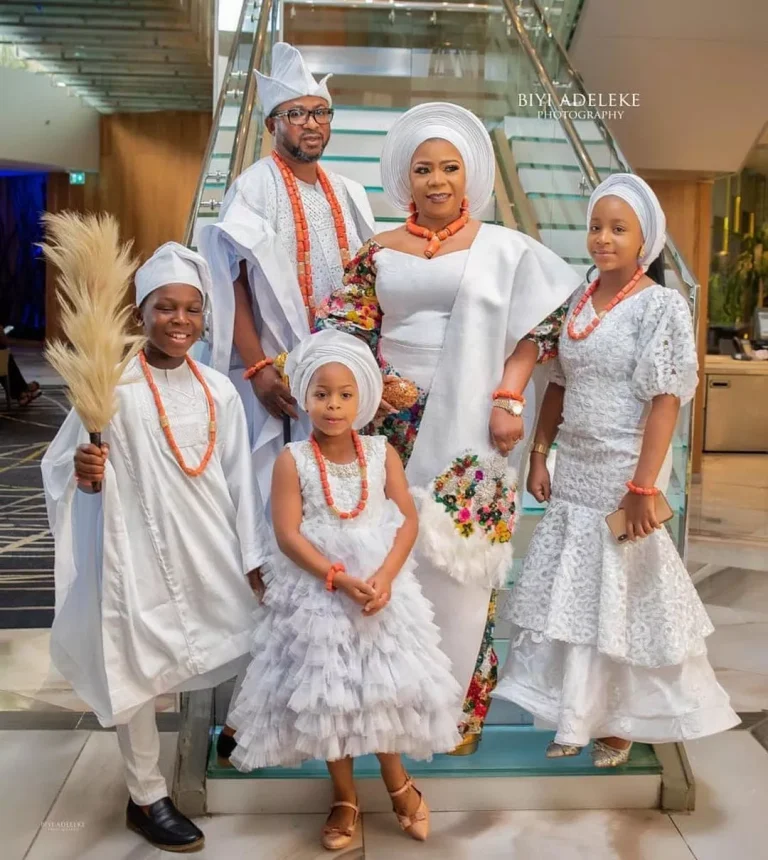Sizzling Traditional Akwete Cloth of the Igbos (2024)
The Traditional Akwete Cloth is an original textile of the Igbos in Nigeria. The handwoven fabric originated from the Akwete area, Aba in Abia State.
Weaving is one of the major crafts of the Igbo people and from the Akwete cloth, the expertise put in to create this wonderful masterpiece can be seen.
The Igbo Traditional Textile is also known as ‘Akwa Mmiri’ which means water cloth or ‘cloth of the water’. This can be viewed as a towel if further translated. The uses of the Akwete textiles stretch from their everyday use as household clothing to occasional outwear and masquerade fits.
Rufus Nna James, a Chieftain from Akwete was one of the pioneers who ensured that the Akwete cloth gained international recognition. By 1963, the cloth had already been exhibited in three museums – the British Museum in the UK, the Textile Museum in Washington, D.C., and the Textile Museum of Canada.
In 1990, Prince Charles and Princess Diana commissioned the fabric and this brought further international attention and recognition to the cloth.
And of course, just like the Igbo people are well known for their lucrative nature, they ensured that as the fabric thrived in the international market it also brought commensurate proceeds to their families and communities.
The Weaving of the Akwete Cloth
![Sizzling Traditional Akwete Cloth of the Igbos ([year]) igbo nigerian patterns](https://eucarlwears.com/wp-content/uploads/2022/12/1671709017423-1024x1024.webp)
The weaving process for the Akwete cloth is done on a loom known as ‘now’. Historically, traditional textiles were woven using fibers such as sisal, raffia, hemp, and cotton. Today, many other fiber forms like rayon, silk, or polyester in addition to raffia are used in Akwete production.
Because of the ability of the Akwete craft to blend with other fabric types, it is easily adaptable to modern styling and expression and a host of other numerous possibilities.
The more coarse raffia palms are used for making the attires worn by masquerades, headgears, and traditional skirts of warriors; while the hemp fibers were used in rope, bag, and towel production.
The finer cotton materials are spun into household cloths because they are more comfortable and colorful to wear. Low-twist yarn cotton forms the base fabric of most of these wears while the decorative motifs are done with low-twist silk, rayon, or bulky cotton material. The brocaded look of some Akwete cloth is from the combination of cotton and rayon fabrics during weaving.
Traditionally, earth colors were worn because the raffia palms come in the same color. Over the years, more colorful attires have been created with imported dyes and colored cotton thread.
Women are the ones who take the responsibility of weaving Akwete in Igboland, unlike the Barkcloth and Kente fabrics which are woven by men. Weaving takes weeks to months depending on the complexities of the pattern.
Patterns of Akwete Cloth
![Sizzling Traditional Akwete Cloth of the Igbos ([year]) simple nigerian patterns](https://eucarlwears.com/wp-content/uploads/2022/12/1671709061661.webp)
In making Akwete textiles, four main patterns may be used. Ordinarily, the original patterns cannot be duplicated since they are all made by hand. However, existing patterns can be copied to create more clothing options. The original patterns include:
- Etirieti: This is a plain pattern consisting of squares and stripes. The patterns are similar to the Ankara fabric known as ‘Plain Gorge to the Igbos’.
- Akpukpa: This is a more vibrant pattern worn as decorative clothing to chieftaincy ceremonies and weddings
- Ahia: This is the more complex design of Akwete and takes an expert to carefully create it.
- Ogbanaonweya: Can be considered as a more intricate pattern than Ahia with numerous tiny details.
There are some special motifs of Akwete cloth given special importance in Igbo communities. The Ikaki or the tortoise motif is one for the royalties as a tortoise is considered to behave like a king with its slow, calculated, and deliberate movements. Also, the Ebe motif is commonly worn by warriors and pregnant women since it is believed to give protection to the wearers.
Traditional Akwete Cloth of the Igbos: Pictures
![Sizzling Traditional Akwete Cloth of the Igbos ([year])
AKWETE: Igbo Traditional Textile](https://eucarlwears.com/wp-content/uploads/2022/12/1671709046495-819x1024.webp)
![Sizzling Traditional Akwete Cloth of the Igbos ([year])
Akwete: weaving clothes](https://eucarlwears.com/wp-content/uploads/2022/12/1671709058244-822x1024.webp)
![Sizzling Traditional Akwete Cloth of the Igbos ([year]) igbo ankara material](https://eucarlwears.com/wp-content/uploads/2022/12/1671709040184-1024x1024.webp)
![Sizzling Traditional Akwete Cloth of the Igbos ([year]) ukara cloth](https://eucarlwears.com/wp-content/uploads/2022/12/1671709021688-823x1024.webp)
![Sizzling Traditional Akwete Cloth of the Igbos ([year])
Nigerian Design Patterns: Akwete](https://eucarlwears.com/wp-content/uploads/2022/12/1671709023569-819x1024.webp)
![Sizzling Traditional Akwete Cloth of the Igbos ([year])
Nigerian Made Fabrics (Adire, Akwete](https://eucarlwears.com/wp-content/uploads/2022/12/1671709004896-1024x1024.webp)
![Sizzling Traditional Akwete Cloth of the Igbos ([year])
What is Akwete cloth? – Craft](https://eucarlwears.com/wp-content/uploads/2022/12/1671709005093.webp)
![Sizzling Traditional Akwete Cloth of the Igbos ([year])
Igbo Akwete III](https://eucarlwears.com/wp-content/uploads/2022/12/1671709001548-1024x1024.webp)
![Sizzling Traditional Akwete Cloth of the Igbos ([year])
Traditional Akwete Cloth of the Igbos](https://eucarlwears.com/wp-content/uploads/2022/12/1671709001581.webp)
![Sizzling Traditional Akwete Cloth of the Igbos ([year])
The Akwete Textile](https://eucarlwears.com/wp-content/uploads/2022/12/1671709000203.webp)
![Sizzling Traditional Akwete Cloth of the Igbos ([year]) Traditional Akwete Cloth of the Igbos](https://eucarlwears.com/wp-content/uploads/2022/12/1671708999005.webp)
![Sizzling Traditional Akwete Cloth of the Igbos ([year]) Akwete cloth](https://eucarlwears.com/wp-content/uploads/2022/12/1671708999500.webp)
![Sizzling Traditional Akwete Cloth of the Igbos ([year])
Akwete cloth](https://eucarlwears.com/wp-content/uploads/2022/12/1671708997290.webp)
![Sizzling Traditional Akwete Cloth of the Igbos ([year]) pattern akwete cloth](https://eucarlwears.com/wp-content/uploads/2022/12/1671708971560-1024x1024.webp)
![Sizzling Traditional Akwete Cloth of the Igbos ([year]) traditional igbo patterns](https://eucarlwears.com/wp-content/uploads/2022/12/1671708956384-819x1024.webp)
![Sizzling Traditional Akwete Cloth of the Igbos ([year]) igbo akwete cloth](https://eucarlwears.com/wp-content/uploads/2022/12/1671708952245-819x1024.webp)
![Sizzling Traditional Akwete Cloth of the Igbos ([year]) igbo akwete fabric](https://eucarlwears.com/wp-content/uploads/2022/12/1671708943401.webp)
![Sizzling Traditional Akwete Cloth of the Igbos ([year])
A Piece of History- The Akwete Fabric](https://eucarlwears.com/wp-content/uploads/2022/12/1671708936600-830x1024.webp)
![Sizzling Traditional Akwete Cloth of the Igbos ([year])
Origin Of Akwete Weaving](https://eucarlwears.com/wp-content/uploads/2022/12/1671708928774.webp)
![Sizzling Traditional Akwete Cloth of the Igbos ([year])
Workshop of Akwete Women's Weaving](https://eucarlwears.com/wp-content/uploads/2022/12/1671708895431-830x1024.webp)
![Sizzling Traditional Akwete Cloth of the Igbos ([year])
Igbo Weaving & Akwete Fabric](https://eucarlwears.com/wp-content/uploads/2022/12/1671708921286-1-819x1024.webp)
![Sizzling Traditional Akwete Cloth of the Igbos ([year])
Africa | Akwete cloth from the Igbo](https://eucarlwears.com/wp-content/uploads/2022/12/1671708882055-827x1024.webp)
![Sizzling Traditional Akwete Cloth of the Igbos ([year])
Akwete | Fashion History Timeline](https://eucarlwears.com/wp-content/uploads/2022/12/1671708868996-1024x1020.webp)
![Sizzling Traditional Akwete Cloth of the Igbos ([year])
What Materials Do Igbo People Wear](https://eucarlwears.com/wp-content/uploads/2022/12/1671708874516-819x1024.webp)
![Sizzling Traditional Akwete Cloth of the Igbos ([year])
Akwete cloth: An Igbo textile art](https://eucarlwears.com/wp-content/uploads/2022/12/1671708859706-872x1024.webp)
![Sizzling Traditional Akwete Cloth of the Igbos ([year]) THE AKWETE FABRIC, THE AKWETE WOMEN (A beautiful thread)](https://eucarlwears.com/wp-content/uploads/2022/12/1671708851646-819x1024.webp)
![Sizzling Traditional Akwete Cloth of the Igbos ([year]) AKWETE WRAPPER](https://eucarlwears.com/wp-content/uploads/2022/12/1671708845426-1024x1024.webp)
![Sizzling Traditional Akwete Cloth of the Igbos ([year]) AKWETE TRADITIONAL WEAVING FOR RURAL TOURISM](https://eucarlwears.com/wp-content/uploads/2022/12/1671708837031-1024x1024.webp)
![Sizzling Traditional Akwete Cloth of the Igbos ([year]) Igbo Weaving & Akwete Fabric: Future of Sustainable Fashion](https://eucarlwears.com/wp-content/uploads/2022/12/1671708837815-1024x1024.webp)
![Sizzling Traditional Akwete Cloth of the Igbos ([year]) Traditional Igbo Textile | Akwete](https://eucarlwears.com/wp-content/uploads/2022/12/1671708826834-819x1024.webp)
![Sizzling Traditional Akwete Cloth of the Igbos ([year]) Akwete Dress](https://eucarlwears.com/wp-content/uploads/2022/12/1671708799260-819x1024.webp)
![Sizzling Traditional Akwete Cloth of the Igbos ([year]) Akwete cloth weaving](https://eucarlwears.com/wp-content/uploads/2022/12/1671708796238-819x1024.webp)
![Sizzling Traditional Akwete Cloth of the Igbos ([year]) Akwete wrapper](https://eucarlwears.com/wp-content/uploads/2022/12/1671708809722.webp)
![Sizzling Traditional Akwete Cloth of the Igbos ([year]) Akwete clothing](https://eucarlwears.com/wp-content/uploads/2022/12/1671708775209-819x1024.webp)
![Sizzling Traditional Akwete Cloth of the Igbos ([year]) Akwete patterns](https://eucarlwears.com/wp-content/uploads/2022/12/1671708792190-820x1024.webp)
![Sizzling Traditional Akwete Cloth of the Igbos ([year]) Akwete Weavers; Tourist Attractions In Abia State](https://eucarlwears.com/wp-content/uploads/2022/12/1671708749976-829x1024.webp)
![Sizzling Traditional Akwete Cloth of the Igbos ([year]) Akwete referred to as “Akwa Miri”](https://eucarlwears.com/wp-content/uploads/2022/12/1671708771522-1024x1024.webp)
![Sizzling Traditional Akwete Cloth of the Igbos ([year]) AKWETE: Igbo Traditional Textile, Made In Nigeria](https://eucarlwears.com/wp-content/uploads/2022/12/1671708748704-820x1024.webp)
![Sizzling Traditional Akwete Cloth of the Igbos ([year]) Akwete town](https://eucarlwears.com/wp-content/uploads/2022/12/1671708723839-829x1024.webp)
![Sizzling Traditional Akwete Cloth of the Igbos ([year]) igbo akwete cloth](https://eucarlwears.com/wp-content/uploads/2022/12/1671708725751-819x1024.webp)
![Sizzling Traditional Akwete Cloth of the Igbos ([year]) tribal igbo patterns](https://eucarlwears.com/wp-content/uploads/2022/12/1671708716675-820x1024.webp)
![Sizzling Traditional Akwete Cloth of the Igbos ([year])
AKWETE CLOTH//AFRICAN TEXTILE](https://eucarlwears.com/wp-content/uploads/2022/12/1671708703597-957x1024.webp)
![Sizzling Traditional Akwete Cloth of the Igbos ([year]) Akwaete fabrics ideas | african](https://eucarlwears.com/wp-content/uploads/2022/12/1671708703897-827x1024.webp)
![Sizzling Traditional Akwete Cloth of the Igbos ([year])
Fierce Female Akwete](https://eucarlwears.com/wp-content/uploads/2022/12/1671708699779-820x1024.webp)
![Sizzling Traditional Akwete Cloth of the Igbos ([year])
Akwete Bomber Jacket](https://eucarlwears.com/wp-content/uploads/2022/12/1671708696514-819x1024.webp)
![Sizzling Traditional Akwete Cloth of the Igbos ([year])
Soludo:Behold The Akwete Brand](https://eucarlwears.com/wp-content/uploads/2022/12/1671708691620.webp)
![Sizzling Traditional Akwete Cloth of the Igbos ([year])
AKWETE: Igbo Traditional Textile](https://eucarlwears.com/wp-content/uploads/2022/12/1671708689295.webp)
![Sizzling Traditional Akwete Cloth of the Igbos ([year])
PDP Governors rock indigenous 'Akwete ...](https://eucarlwears.com/wp-content/uploads/2022/12/1671708688144.webp)
![Sizzling Traditional Akwete Cloth of the Igbos ([year])
The women weavers of Akwete](https://eucarlwears.com/wp-content/uploads/2022/12/1671708688261-819x1024.webp)
![Sizzling Traditional Akwete Cloth of the Igbos ([year])
PDP Governors rock indigenous 'Akwete'](https://eucarlwears.com/wp-content/uploads/2022/12/1671708679291-1024x616.webp)


![Astounding Faso Dan Fani Clothing Styles ([year]) Faso Dan Fani Clothing Styles](https://eucarlwears.com/wp-content/uploads/2022/12/1669472055234-768x768.webp)
![The Best Aso Oke Styles for Owambe ([year]) The Best Aso Oke Styles for Owambe](https://eucarlwears.com/wp-content/uploads/2022/11/Brown-Simple-Family-Time-Photo-Collage-4-768x614.webp)

![Stunning Kikoi Traditional Attire ([year]) Kikoi Traditional Attire](https://eucarlwears.com/wp-content/uploads/2022/10/Brown-Simple-Family-Time-Photo-Collage-26-768x614.webp)
